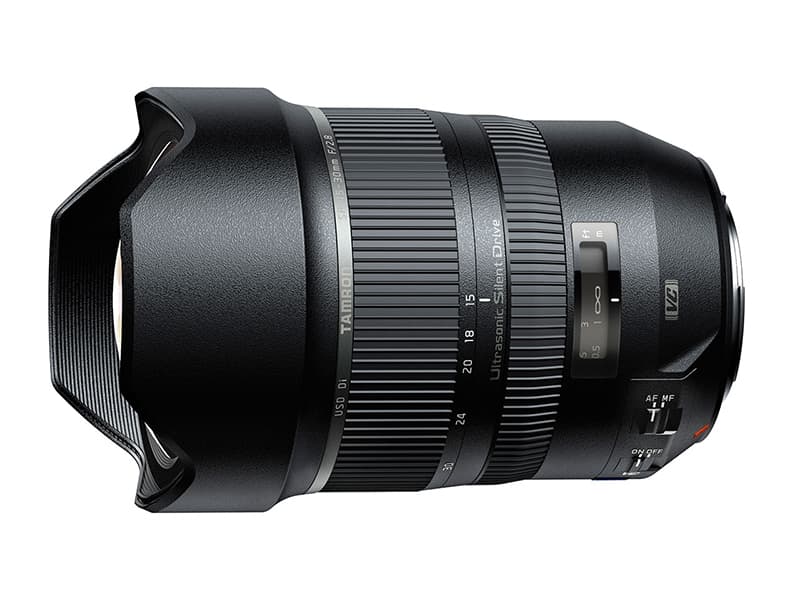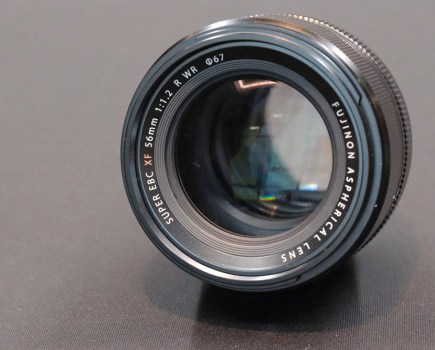A wide-angle zoom lens boasting a constant f/2.8 aperture throughout its focal range, the Tamron 15-30mm f/2.8 SP Di VC USD is designed for serious photographers wanting to squeeze as much of their surroundings in the frame. Though primarily designed for use with high-end enthusiast full frame models, the lens is also compatible with cameras that feature an APS-C size sensor, effectively turning into a 22.5-45mm lens in 35mm equivalent terms.
The construction is made up of 18 lens elements in 13 groups with 9 rounded diaphragm blades. The lens is also the first Tamron optic to include an expanded glass moulded (XGM) aspherical element within the front group to ensure it delivers the highest level of image quality throughout the zoom and from corner to corner.
To eliminate ghosting and flare, Tamron has refined their Broad-Band Anti-Reflection (BBAR) and eBAND coatings, while the front element adopts special fluorine coatings to help repel water and dust.
To ensure the lens operates as silently as possible, the lens is fitted with Tamron’s Ultrasonic Silent Drive (USD) technology and there’s the option to take control of full time manual focus for fine adjustments in AF mode.
With an angle of view of 110°32′ ~ 71°35′ on full frame and 85°52′ ~ 49°54′ on APS-C, it presents an alternative wide-angle option to full frame photographers who maybe don’t want to pay a four-figure sum for such a lens. By way of price comparison at the time of writing, the Tamron 15-30mm f/2.8 SP Di VC USD is £170 cheaper than the Canon EF 16-35mm f/2.8 L MK II USM lens and £366 cheaper than the mightily impressive Nikon 14-24mm f/2.8 G AF_S ED lens.
Users of the screw-in type of filter, whether it be an ND, polariser or graduated filter won’t be able to use this type with this lens. This is due to the fact the lens has a large and bulbous front element. To protect this front element from accidental damage or knocks and scrapes, the lens employs a fixed lens hood, much like the recently reviewed Canon EF 11-24mm f/4 USM.
To find out how the lens performed, we took it to Appledore in Kent and subjected it to a series of optical and performance tests throughout the aperture and zoom ranges. The results of these can be found above in our image sample gallery above (click full screen to take a closer look). You can expect the full review and verdict to appear online in less than a week, so be sure to check back to the website.







